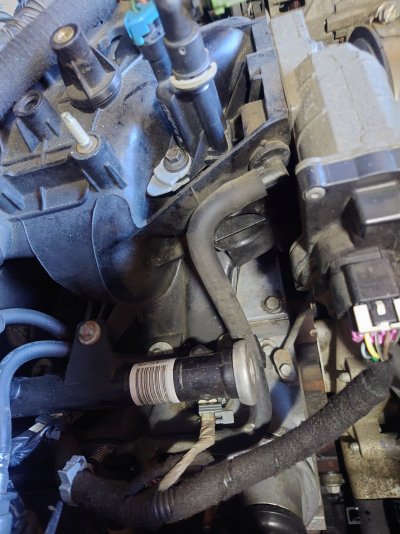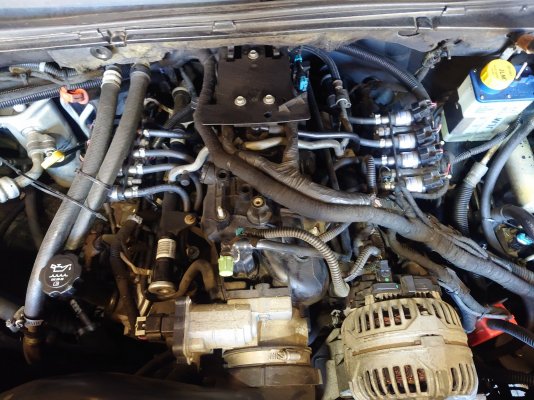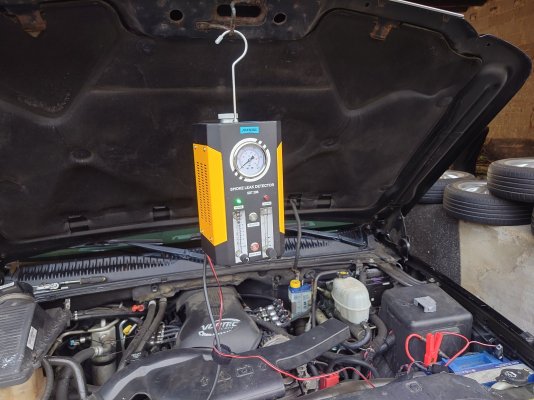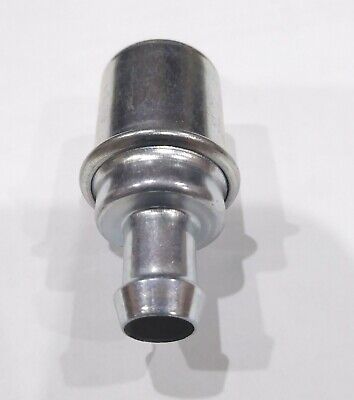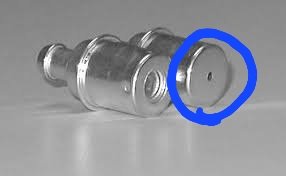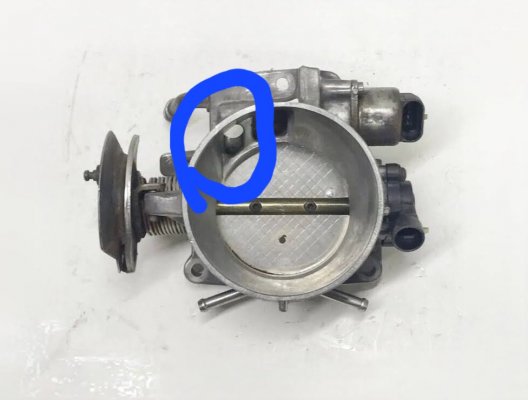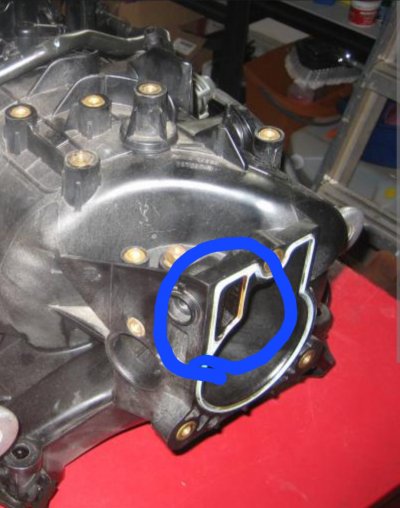nonickatall
Full Access Member
Hello, I have been working with the LS/lLQ engine for some time and have fallen in love with it.
After decades of working on German cars and them becoming more and more complicated and less durable, I bought a Cadillac Escalade.
It's so nice to work on this car and at the same time so nice that you don't actually have to do much work, because the technology is built quite well and sturdily.
So I was interested very much in my new car, engine and technique and this forum helps me a lot to get inside the technique and the specific problems of this cars. And I found already some solutions for small problems, I had on this car.
Of course, while I was learning about my car, I also came across the PCV valve and that it can cause problems from time to time.
I checked mine by taking off the oil cap and placing a plastic sheet on the oil filler neck. There is a slight negative pressure, which means that the PCV valve is obviously open and working.
Now I bought a smoke leak tester for a fkn BMW which have severe engine problems nobody could find for a long time and tested my engine yesterday just for fun.
I found out that the O-ring on the oil dipstick was no longer completely tight and replaced it.
On the one hand, the smoke tester can blow smoke into the engine, which can then be seen escaping from a leak, but on the other hand, it also has a flow meter and a pressure gauge. If the engine intake system is airtight, the flow meter should go to zero and the pressure gauge should go to high pressure.
This was not the case yesterday and that left me no peace. Although I now think that the cause is probably that the V8 is always in some position where an intake- and exhaust-valve happens to be half open and the pressure disappears there.
But I thought maybe the EVAP system's purge valve was open, which shouldn't be the case when the engine is off. That's why I repeated the test again today and looked at the purge valve, but it's tight when the engine is switched off, as it should be.
After thinking about the fact that the PCV valve is supposed to close, among other things, when overpressure (backfire) occurs in the intake manifold, I blew into the PCV hose with a compressed air gun, but the valve doesn't seem to close.
I can imagine that the smoke tester doesn't close the valve, because there isn't that much air or pressure, but with a compressed air gun you should actually get the valve to close, right? I also discovered that there is also a hose going to the passenger side valve cover near to the throttle body on the intake manifold.
So far I had only read that the PCV valve is on the driver's side. How can there be just a hose?
Is this simply an access without a PVC valve? Surely that would bypass the PCV system? Does anyone know more details?
I am so curious, please open the treasure chest of your knowledge for me.
Best regards from Germany....
After decades of working on German cars and them becoming more and more complicated and less durable, I bought a Cadillac Escalade.
It's so nice to work on this car and at the same time so nice that you don't actually have to do much work, because the technology is built quite well and sturdily.
So I was interested very much in my new car, engine and technique and this forum helps me a lot to get inside the technique and the specific problems of this cars. And I found already some solutions for small problems, I had on this car.
Of course, while I was learning about my car, I also came across the PCV valve and that it can cause problems from time to time.
I checked mine by taking off the oil cap and placing a plastic sheet on the oil filler neck. There is a slight negative pressure, which means that the PCV valve is obviously open and working.
Now I bought a smoke leak tester for a fkn BMW which have severe engine problems nobody could find for a long time and tested my engine yesterday just for fun.
I found out that the O-ring on the oil dipstick was no longer completely tight and replaced it.
On the one hand, the smoke tester can blow smoke into the engine, which can then be seen escaping from a leak, but on the other hand, it also has a flow meter and a pressure gauge. If the engine intake system is airtight, the flow meter should go to zero and the pressure gauge should go to high pressure.
This was not the case yesterday and that left me no peace. Although I now think that the cause is probably that the V8 is always in some position where an intake- and exhaust-valve happens to be half open and the pressure disappears there.
But I thought maybe the EVAP system's purge valve was open, which shouldn't be the case when the engine is off. That's why I repeated the test again today and looked at the purge valve, but it's tight when the engine is switched off, as it should be.
After thinking about the fact that the PCV valve is supposed to close, among other things, when overpressure (backfire) occurs in the intake manifold, I blew into the PCV hose with a compressed air gun, but the valve doesn't seem to close.
I can imagine that the smoke tester doesn't close the valve, because there isn't that much air or pressure, but with a compressed air gun you should actually get the valve to close, right? I also discovered that there is also a hose going to the passenger side valve cover near to the throttle body on the intake manifold.
So far I had only read that the PCV valve is on the driver's side. How can there be just a hose?
Is this simply an access without a PVC valve? Surely that would bypass the PCV system? Does anyone know more details?
I am so curious, please open the treasure chest of your knowledge for me.
Best regards from Germany....
Attachments
Last edited:

